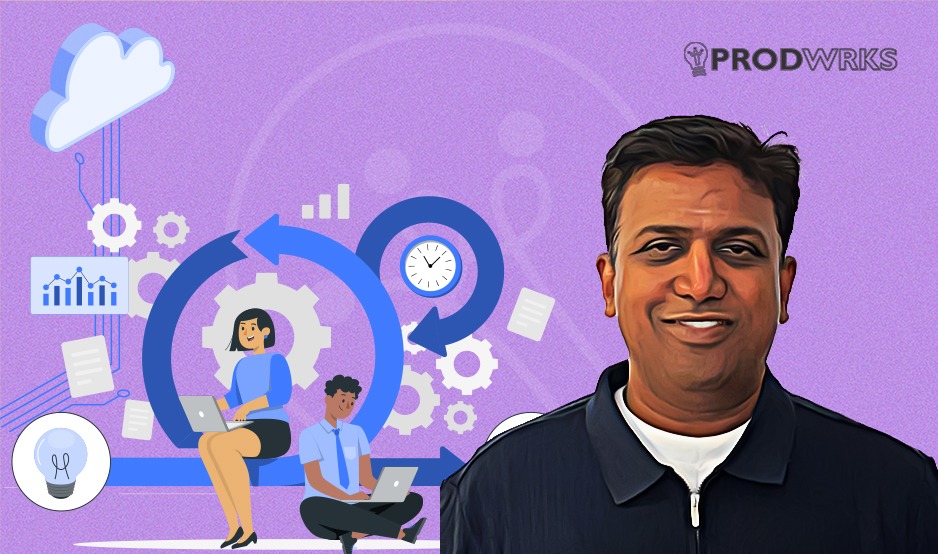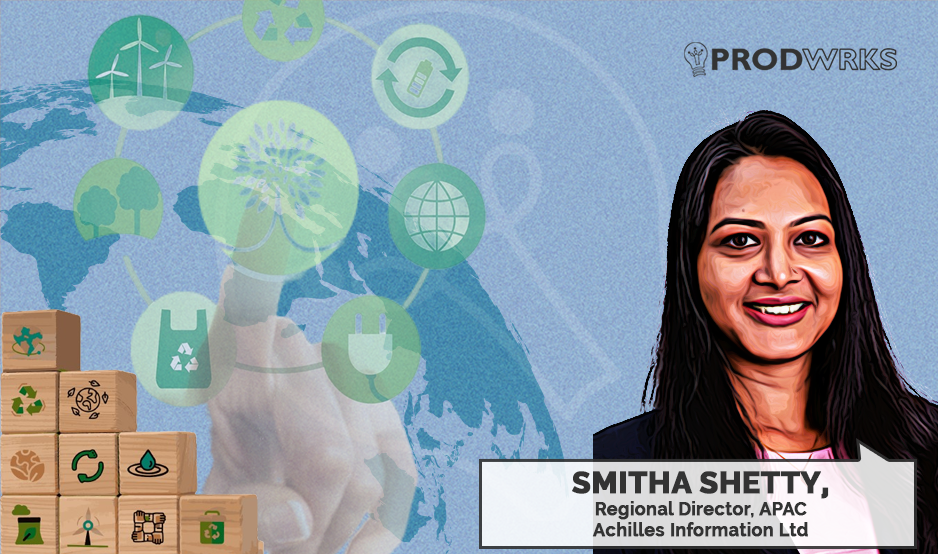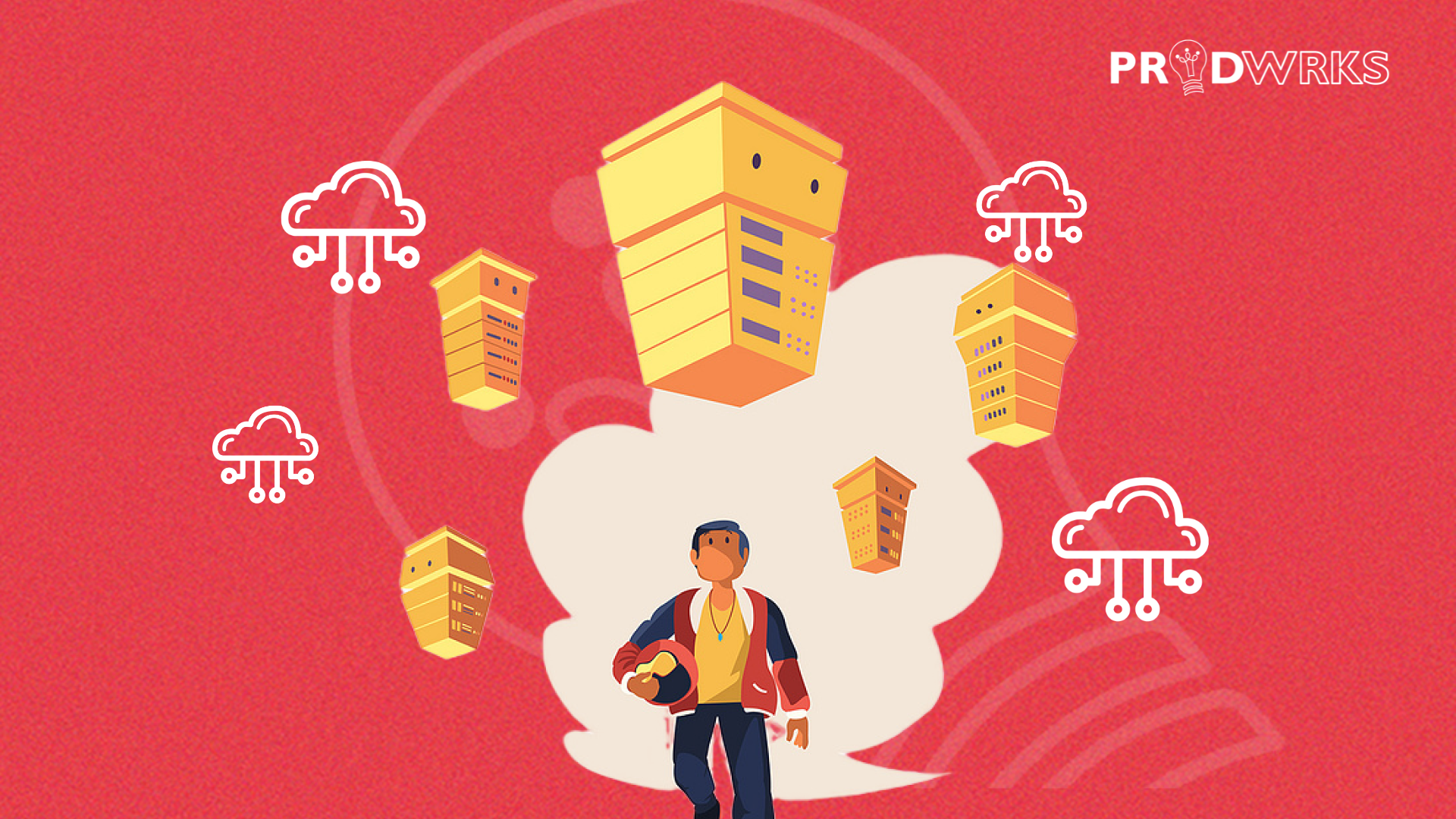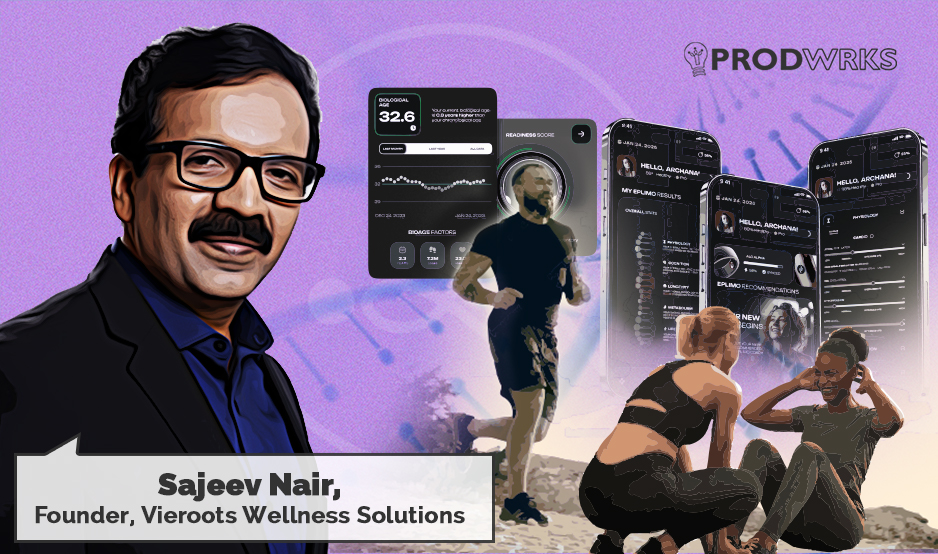
Business workflow management is the linchpin to ensuring the proper and efficient functioning of any company. It delineates the fine line between success and stagnation by empowering companies to navigate a complex maze of everyday tasks with precision and agility. But, it’s also a place where many companies, especially startups, struggle.
Recognizing the inherent challenges, Bhaskar Krishnamoorthy started Cavintek, a Chennai-based SaaS startup that provides tools and solutions for SMBs and enterprises to efficiently manage the workplace, streamline business process workflows, and automate repetitive tasks.
Founded in 2010, the company now has a set of three solutions helping teams in HR and administration, procurement, sales and marketing, IT operations, and finance to streamline their processes. In this feature story, Bhaskar shares his transformative journey from being a developer at Infosys to helming his own software company.
From Develop to Founder - The Genesis of Cavintek
Bhaskar began his career as a developer at Infosys in 1996. He has also served stints at Qualcomm and was a senior engineer at AdventNet – the company that we all know as Zoho today. His entrepreneurial journey unfolded after he moved to the US where he moonlighted to support a friend while working as a Java developer at a tech company.
“My friends and I were moonlighting, doing projects for medical billing companies in insurance, in the US. We had this opportunity to work with a large student travel company and we ended up building their entire North American operations. That's how my journey started, from being a developer to being a founder,” says Bhaskar.
The company which they started, soon grew to about 100 people with a development team in Bangalore and a smaller team in the US. It was later acquired by Sonata Software. Not wanting to go back to being an employee again, Bhaskar moved back to India and started thinking about solving problems for leaders in management from his own experience of managing a company.
The spark for Cavintek ignited in 2010 when Bhaskar encountered collaboration problems in his friend’s company which dealt with medical billing and transcription. This prompted him to create a workflow solution, laying the foundation for Cavintek and its flagship product, Cflow.
“There were a lot of Excel spreadsheets generated every day, sending reports back and forth between the customers in the US and here. That is when I tried to solve that problem by building a small workflow solution, which turned out to be Cflow, Canvintek’s flagship product.”
Bhaskar’s decision to start Cavintek and position it as a SaaS platform providing workflow solutions was influenced by the technological landscape of the time when companies were migrating away from on-premise legacy solutions.
“The cloud was just starting at that point. I was sure I wanted to build something on the cloud, so I didn't want to go with the typical client-server or some other deployment system. I decided cloud is definitely going to be the future, and obviously, if you're going to deploy something on the cloud, then it has to be multi-tenant, and that's how all of that came about,” explains Bhaskar.
In an era when cloud computing was nascent, Bhaskar foresaw its significance and made a deliberate choice to build on the cloud.
The Road to PMF and Identifying New Verticals
Though Bhaskar was a master at building solutions, he admits that validating the product idea and identifying the market segments had a learning curve.
“Initially, the first set of customers I got were in different domains - one was in construction, and the other was in jewelry. I ended up building vertical solutions, But all under the same platform. I couldn't scale it, so that's when I felt that I was trying to bite too much more than what I could chew.”
So Bhaskar decided to move away from domain-specific product positioning and built Cflow as a base that was more horizontal and could be tailored to different domains.
“There were more customers who could identify with the problems we were trying to solve, and it could adapt to various use cases and industries. I could see that this probably is a way to go, and we have stuck with that since then.”
This shift also resulted in the segregation of the HR component of his workplace management solution, which he spun off into a distinct solution named CavinHR. While Cflow was more of a Workflow Platform that could be tailored for different teams within a company, CavinHR served a more specific purpose of managing and automating HR processes within a company.
Cavintek’s expansion beyond Cflow also includes Skillrobo, an initiative born out of the company’s internal hiring processes.
“Earlier we used to hire by conducting tests with questions printed on paper and the job applicants could fill it out and give it. Then, we moved to an online system where we had a small library of questions that we were asking. Over a period of time, we built that library. During COVID, we saw that this was much more in demand outside our internal use cases. So the bottom line is that Skillrobo was not something that we thought we wanted to diversify. This was something that we were already using, and we thought - why don't we see if this can have a life?”
User-Centric Development
Delving into user research and its influence on Cflow, Bhaskar emphasized, “Every step of product development has been based on user feedback. When the first verticalized solutions that were too big didn’t work out, it made me realize that’s not how I needed to build this. After I made it a horizontal product we started getting customers.”
As customers began to engage with the product, the team closely observed their actions, actively seeking and incorporating feedback.
“By explicitly asking for user feedback or looking at what they were trying to do, we could add features, change screens, and change the user interface to make things usable. There are tons of features, screens, buttons, and many things that we have done. Almost 90% of it has been from user feedback, talking to them, or seeing what the user is trying to do.”
Bhaskar says that the Cavintek team has created a process to collect feedback at every point of customer interaction so that the process is seamless.
“Initially, we collected user feedback on an ad-hoc basis. Now we have built the mechanisms into the product itself. If a customer is engaging with us through a support ticket, email, phone call, or during a demo, there is an opportunity to get feedback from them in all those channels,” says Bhaskar.
Cavintek’s North Star Metric
Unlike traditional business metrics, Bhaskar says Cavintek’s north star is set on making a tangible impact on their customers’ lives.
“Our North Star Metric is changing our customers' lives, which means we have tried to do everything in our power to see the customers succeed using our product. Hence, when we initially engage with a prospect or a customer, we try to ensure that as long as our products are relevant to their use cases or their problems are solvable using our product, we will go out of the boat to help solve the customer's problems. That would be our North Star Metric, and that's why most of our activities revolve around the customer or solving the customer's problems.”
Bhaskar also shed light on his team’s philosophy of using internal metric tracking to gauge user behavior and ensure product success.
“The most significant thing has been how we can help somebody trying to use the product succeed in their goals. What are the key criteria? Does my product solve it at a substantial level? In many cases, we have just added features because it is helpful for the product in the long run. Still, there have been cases where we had to do something particular to a particular customer; although we couldn't think this would be useful later on, we have seen that customers adapt to those kinds of user interfaces or specific features.”
USP of Cavintek
In response to our query about ensuring product differentiation, Bhaskar acknowledges the saturated market with myriad products, emphasizing that standing out is not his primary goal.
“With so much competition, the experience of using a particular product and interacting with it helps users make that decision. At Cavintek, we make a website that is easy to read and get the information that they want to identify or relate to the use cases or the pain points that they are going through so that they can even come to the stage where they think that - Okay, I want to try this product out, and then they try it.”
Bhaskar says that it is vital to have a self-sign-up process and smooth onboarding so that people can try things out themselves.
“With us, people sign up and then log in. We made the initial user experience more user-friendly by having help videos. Hence, those are the things that help the prospect engage with the product. Since attention spans are significantly less, the first ten minutes that they spend with your product is most crucial. So whatever you can do to keep them attentive and engaged with the product is what I think is the key to really standing out.”
Leveraging this window, Cavintek strives to captivate users through practical engagement, whether through hands-on trials, informative videos, or accessible help documentation.
“As long as users can find us, experience our product, and interact with our team, I feel it will help more prospects turn into customers. In addition to the user experience, interacting with the team is very important. There are going to be challenges once users buy out a product, then what kind of support you would give is as important as the default user experience that somebody has with the product. These two experiences will go a long way in keeping the customer with you.”
Product Pricing
When probed about deriving insights into pricing SaaS products, Bhaskar suggests starting with a foundation rooted in common sense.
“You start with something that is pure common sense, and then you look at what people pay the competitors and the kind of customers you are trying to acquire. Nothing is cast in stone, so if I have to advise somebody, I will just say that you can probably have firm opinions, but you need to hold them very weakly, in the sense that you should be willing to change those opinions. Because you learn and need to make changes and it's essential to understand that. You need to start somewhere, so rather than spending too much time brainstorming or diving deep into where you will make the maximum buck, you have to put something out there so people can first try it out.”
According to him, placing a product in the market and generating revenue takes precedence over crafting an ideal pricing plan.
“Getting things out to the market is more important than the best product. And putting some price and getting some money is more important than having the perfect pricing plan. The pricing plan keeps changing all the time. There are so many subjective things and a lot of generic guidelines. Ultimately, it is one's own individual company to figure out the best way for them to live on and become successful.”
Role of No Code Platforms in Business Workflow Management
Reflecting on the evolution of no-code platforms in the realm of business workflow management, Bhaskar underscores the substantial growth witnessed in the last decade.
“This particular space has many more opportunities, mainly because people are impatient. People and the dynamics of businesses have changed. There is a pressing need for organizations to have business tools that can be built quickly and that reflect the urgency in the market. No code tools or platforms help create these applications quickly. Now, it has reached a stage where many organizations have something related to workflow and no-code.”
As workflow and no-code become increasingly intertwined, Bhaskar envisions a future where organizations across diverse sectors adopt and leverage these tools to enhance operational agility.
Future of Workflow Management
Bhaskar acknowledges the undeniable permanence of AI.
“All the jargon aside, AI is here to stay, and we are going to see more of it. Right now, we are at the cusp of something revolutionary. Going forward in the next few years, it's going to be more domain-specific AI, and I'm excited.
Bhaskar aims to identify areas within his product and integrate it with emerging tech.
“I want to see where we can incorporate some of these new technologies and how they can benefit our customers. If my customer is going to benefit from this, then how can I make it happen? How can I make it happen at scale?”
As Bhaskar navigates the ever-evolving landscape of emerging tech, the customer-centric ethos remains the guiding principle for exploring and adopting these innovations.



